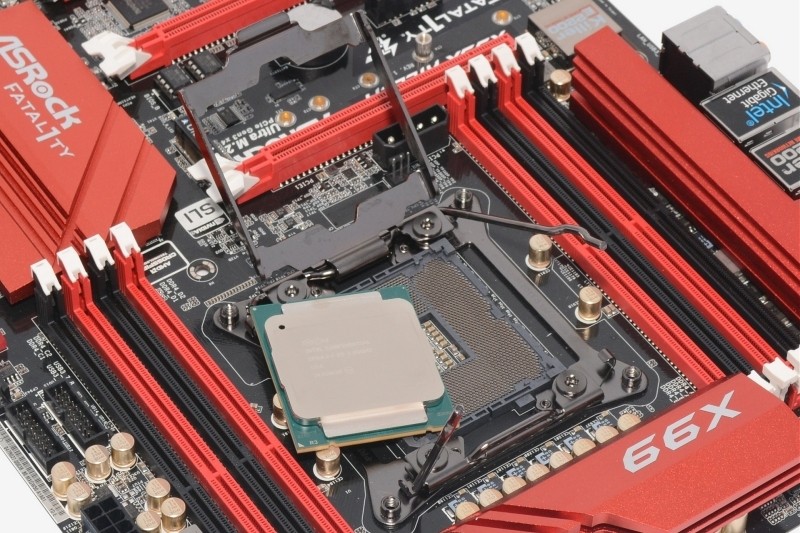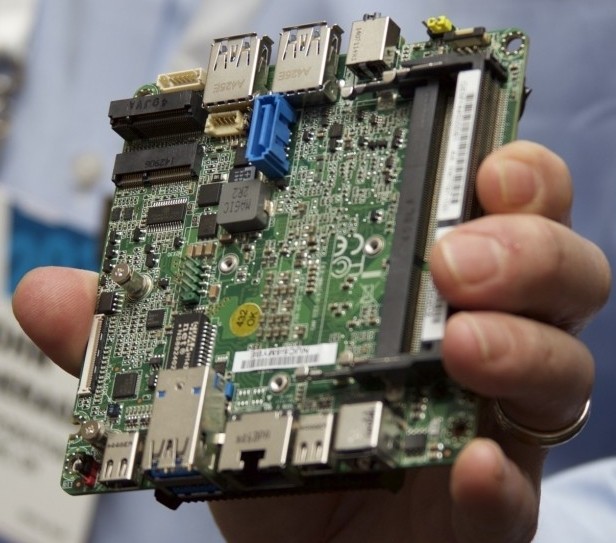
A leaked Intel roadmap tipped us off in January that desktop versions of Intel’s Broadwell CPU would arrive by the middle of this year. We now know that information to be true.
During the Game Developers Conference in San Francisco, Chipzilla confirmed 14-nanometer Broadwell processors would indeed be launching in mid-2015. They’ll feature Iris Pro graphics and an attractive TDP of just 65 watts. Best yet, they’ll arrive unlocked – an attribute that’ll no doubt attract the overclocking crowd.
It’ll be interesting to see just how far enthusiasts will be able to push Intel’s new silicon both on air and with liquid cooling. And given the low thermal envelope, Broadwell chips will likely be an excellent choice for systems lacking in real estate (think micro ATX and mini ITX form factors).

While on the topic of mini PCs, Intel once again said it is planning to release a Next Unit of Computing (NUC) system that’ll be powered by a Core i7 version of Broadwell. It'll be a 28 watt unit with Iris graphics; expect it to arrive sometime next month.
If you recall, Intel updated its NUC lineup with Broadwell chips at the Consumer Electronics Show in January. Chipzilla showed off two different models – one with an Intel Core i3-5010U processor / Intel HD 5500 graphics and another with a speedier Core i5-5250U alongside Intel HD 6000 graphics.
Do you have any plans to pick up a Broadwell desktop CPU later this year?